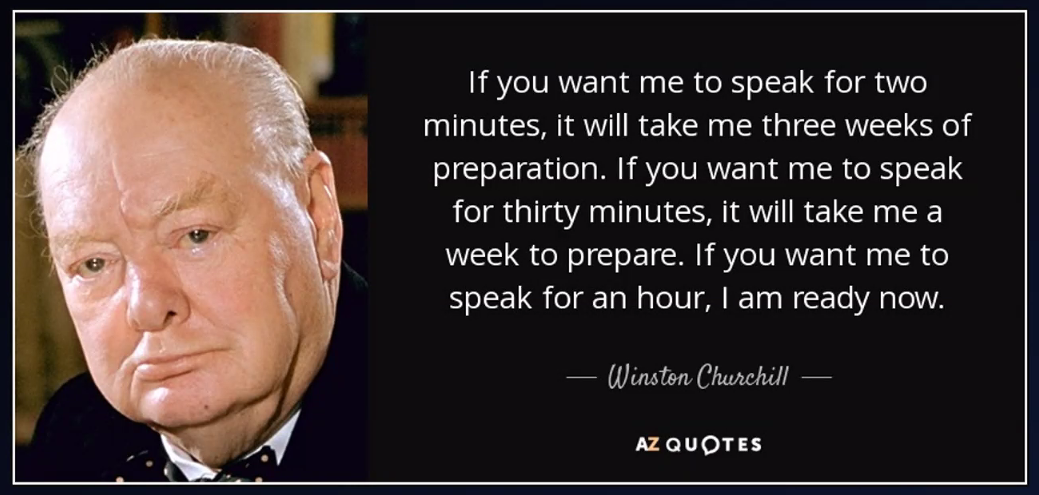Professional Presentation Technique
 Last week I participated a workshop on professional presentation by Mark Dougherty organized by “Knight Class Workshop, Clarkson University”. I found the workshop very helpful for presenting in professional environment. So here are the summary:
Last week I participated a workshop on professional presentation by Mark Dougherty organized by “Knight Class Workshop, Clarkson University”. I found the workshop very helpful for presenting in professional environment. So here are the summary:
- Always Keep your presentation simple. It is not about using power point presentation and complex template. By the end of the day our goal is to effective communication. Template is the last thing you will consider. This idea is also called stay away from power point junk.
- First identify the purpose of the presentation before making it.
- If the goal is to educate: How do you convey correct information?
- Information: What is the information the audience is interested in?
- Decision making: Funding presentation, Motive is to provide the right information and different options and recommendations so the audience can reach to a decision at the end of you presentation.
The flow of story should tie to your purpose.
- Preparation
- Storyboarding: This is important, You presentation should have a consistent story
- Planning your time: Make slide according to time allocation.
- Knowing your audience: Adjust the content based on audience. Never make an assumption that your preferred style is your audience style.
- Presentation is a story but don’t make it mystery. Clarify things as much as possible
- Three rules for effective communication
- Tell them what you are going to say/outline at the beginning
- Tell them details: I told you what I will say, Now I will break down the topic by topic.
- Tell them: What you said/ summary/ this is what I told you. Some may not prefer this method. So know your audience first.
- Less is more, less words, bullets, content per slide. You don’t want to read the slide, you want to present the slide. It is good to keep less than 3 bullets per slide.
- A few notes
- Be aware of group expectation -> format, branding, etc.
- Different topics will call for different levels of details
- Does the presentation need to stand-alone without verbal pitch? From my opinion, course lecture should stand-alone without verbal pitch.
- Create clarity with figures -> axes, scales, labeling, titles, legends
- Spelling!! It is dangerous. It may spoil your good presentation. This happened with me once.
- Presence
- Command the room
- Body language
- Eye contact -> with people and camera. Just like driving a car.
- Volume, tone, cadence. Can everybody hear me? make sure that beforehand.
Finally, think about what are the questions your audience might ask and prepare keeping that in mind.
-Shuvangkar Das, Potsdam, New York
Announcements
Everyone does some form of knowledge work but most of the time does that inefficiently. As a result, despite of working hard, we ended up with questionable results. So to address that I am working on a very exciting project name Smart Personal Knowledge Management(SPKM). In fact, I am making a YouTube video series on it. You can get update about the course two ways, (1) subscribe my YouTube channel (2) subscribe my newsletter
Connect with me
- Twitter: https://twitter.com/shuvangkar_das
- LinkedIn: https://www.linkedin.com/in/ShuvangkarDas/
- YouTube: https://www.youtube.com/ShuvangkarDas

Leave a comment